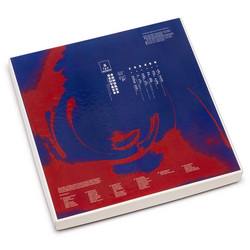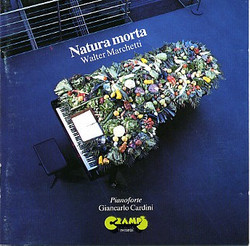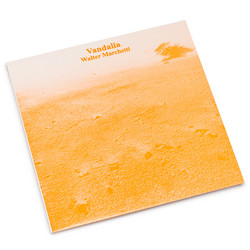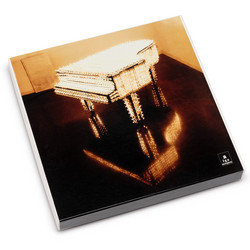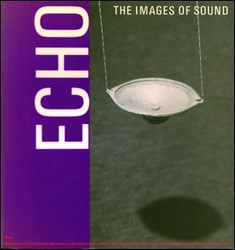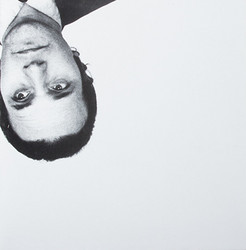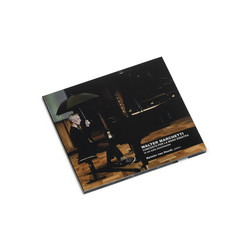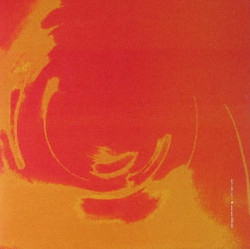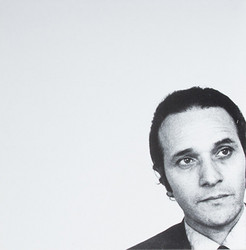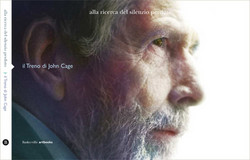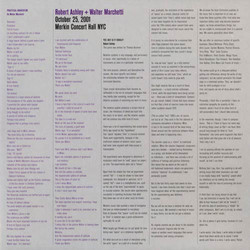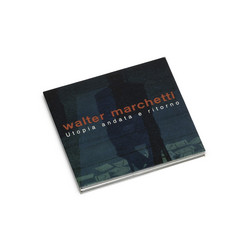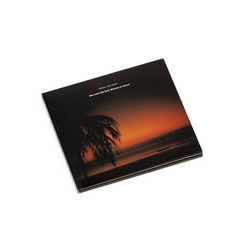Walter Marchetti
For the first half of Marchetti's life, he was, in his words, "condemned" to work at various bread-and-butter jobs, which included: grape harvester, brick-layer, saddler, wine-seller, metal-shearer, turner, frame welder, and an ample "etc." besides. In music, he is self-taught. His numerous attempts to carry out serious musical studies came to nothing, he says, due to feelings that the "establishment" is a complete farce. In the early '60s he moved to Spain and founded the ZAJ group with his close friend and major collaborator Juan Hidalgo.
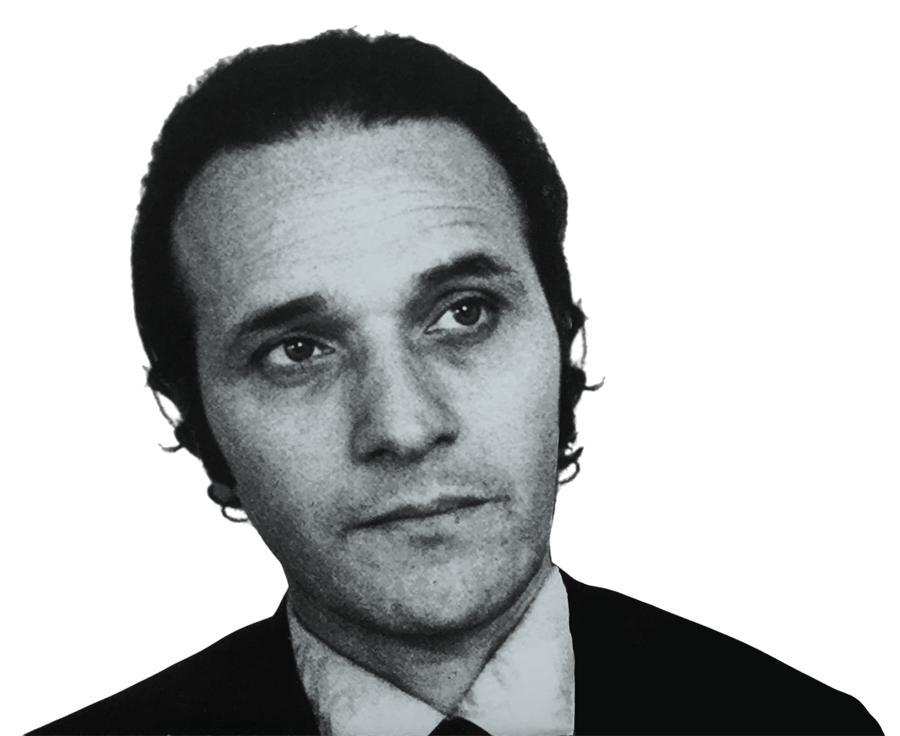
For the first half of Marchetti's life, he was, in his words, "condemned" to work at various bread-and-butter jobs, which included: grape harvester, brick-layer, saddler, wine-seller, metal-shearer, turner, frame welder, and an ample "etc." besides. In music, he is self-taught. His numerous attempts to carry out serious musical studies came to nothing, he says, due to feelings that the "establishment" is a complete farce. In the early '60s he moved to Spain and founded the ZAJ group with his close friend and major collaborator Juan Hidalgo.

